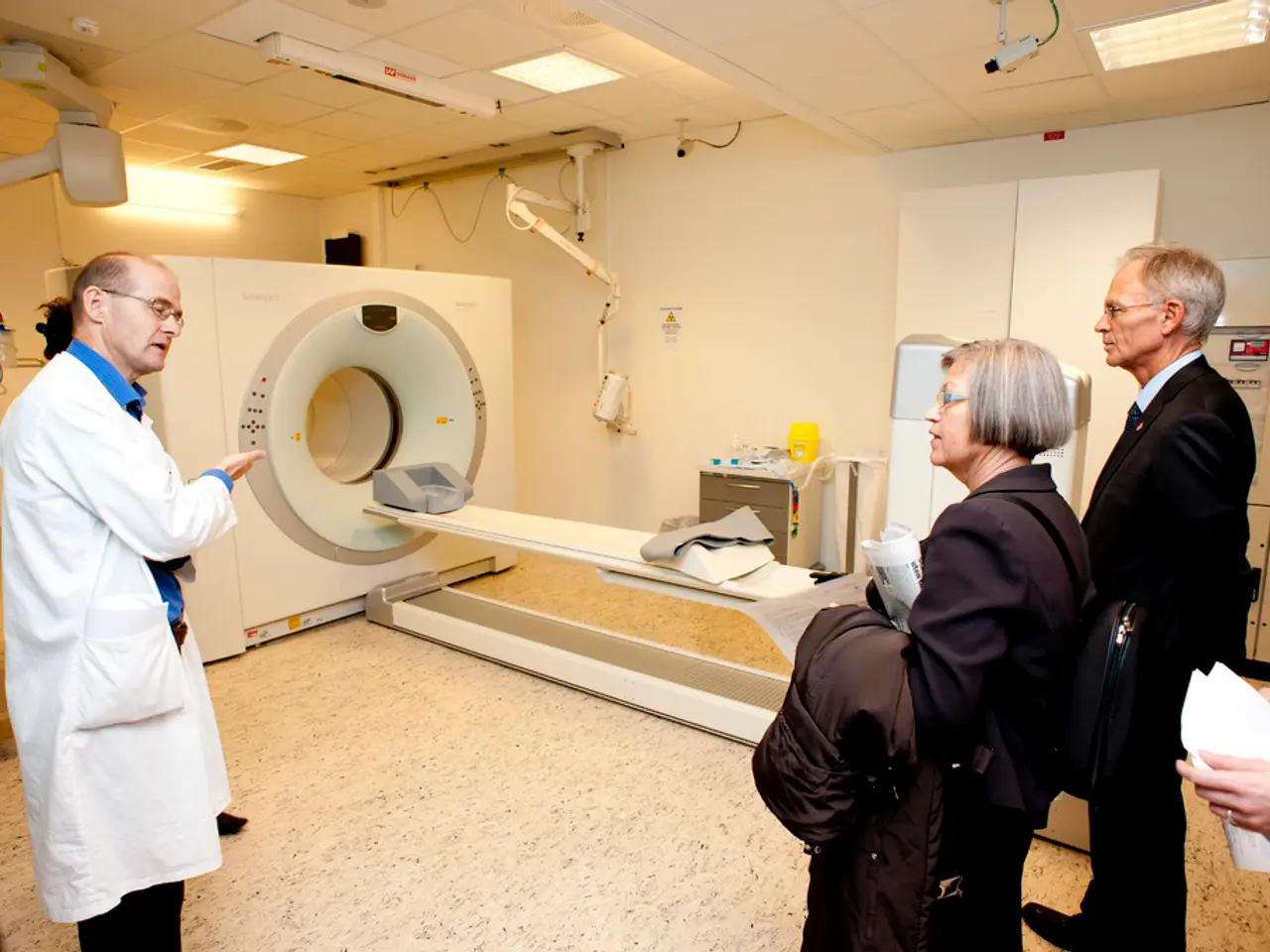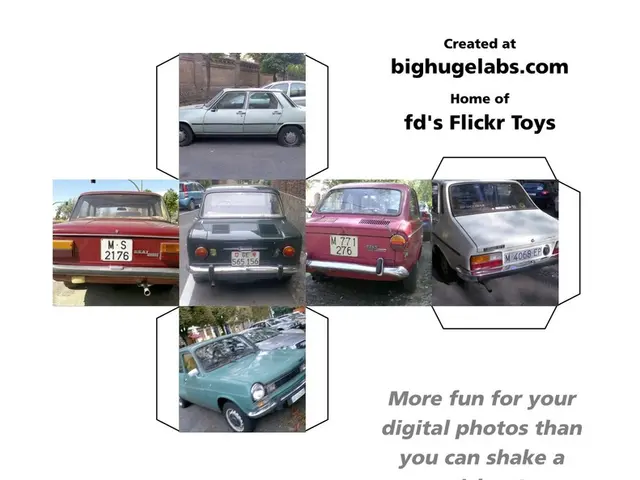Technology-driven Medical Computers Revolutionizing Healthcare, Prioritizing Enhanced Patient Care
In the ever-evolving landscape of healthcare, the latest advancements are centred around artificial intelligence (AI), machine learning (ML), telemedicine, remote patient monitoring (RPM), and advanced computing platforms. These technologies are revolutionising healthcare delivery and patient care, making them more precise, accessible, efficient, and personalised.
AI-Driven Diagnostics and Precision Medicine
AI algorithms are now analysing vast medical data, including imaging, genetics, and patient histories, to detect early disease signs and optimise treatment plans. Cutting-edge platforms like Mayo Clinic's AI computing collaboration with Nvidia are using high-powered computing to accelerate digital pathology and drug discovery, shrinking processes from weeks to days and enhancing diagnostic accuracy.
Machine Learning and Big Data Integration
Smart healthcare systems combine ML, AI, IoT, and blockchain for real-time patient monitoring, predictive analytics, and secure data sharing. These systems analyse complex, unstructured healthcare data, enabling precision medicine and proactive care.
Telemedicine and Remote Patient Monitoring (RPM)
Enhanced telehealth technologies provide high-definition video, AI chatbots, and virtual reality consultations. RPM leverages wearable devices and IoT sensors for continuous monitoring, allowing early anomaly detection and timely intervention, thereby reducing hospital readmissions. Personalised RPM services are evolving further with medical device integration software that tailors care plans per patient in subscription-based models.
Robotics and 3D Printing
Robotics improves surgical precision and reduces recovery time, while 3D printing enables customised prosthetics and medical devices, improving treatment availability and reducing costs, supporting the shift towards patient-centered care.
Impact on Healthcare Delivery and Patient Care
These technologies improve diagnostic accuracy and speed, enhance operational efficiency, empower patients in their health management, and facilitate more personalised, preventive, and remote care. They promise to reduce healthcare costs, increase accessibility, and enable more timely, proactive interventions, especially through AI-enabled early detection and data-driven treatment customisation.
Adapting to the Future
Medical computers of 2025 are foundational to a healthcare ecosystem that is more intelligent, interconnected, and patient-centric, driving better clinical outcomes and system efficiencies while expanding access to expert care worldwide. Access to patient information is quicker, enabling timely interventions. Adaptive learning capabilities personalise interfaces based on user behaviour and preferences.
However, challenges remain, such as training requirements, substantial initial investments, and ongoing expenses. Effective data management results in improved operational efficiency and increased overall safety. Healthcare professionals appreciate the integration of various data sources, leading to a comprehensive view of patient health. Real-time updates to electronic health records are facilitated by medical computers, reducing delays in treatment.
Embracing the Future of Healthcare
Innovations in medical computers focus on lightweight devices that prioritise portability and usability. Cloud computing enables secure data access from multiple locations, allowing seamless collaboration among healthcare teams. Telemedicine capabilities expand care access, particularly for those in remote areas. Integrating AI into telemedicine platforms improves patient engagement by offering tailored content and virtual assistance. Machine learning capabilities continuously improve system accuracy by learning from previous cases. Advancements in durability ensure that medical computers can withstand the rigours of hospital environments. Fast access to critical data enhances decision-making for healthcare providers.
In conclusion, the future of healthcare is here, and it is transformative. Medical computers are at the heart of this transformation, driving a healthcare system that is more intelligent, interconnected, and patient-centric, ultimately leading to better clinical outcomes and system efficiencies.
Read also:
- Apparition's Significance and its Delivered Messages - as discussed by Sensenmann
- Explored the Popular Health Assessment with a Queue of 100,000 Aspiring Participants - Here's My Unadulterated Opinion
- Hearing impairment condition: Recognizing symptoms and management approaches
- Exploring Recurring Actions in Mature Individuals: An Analysis of Persistent Actions in Adults' Daily Lives








